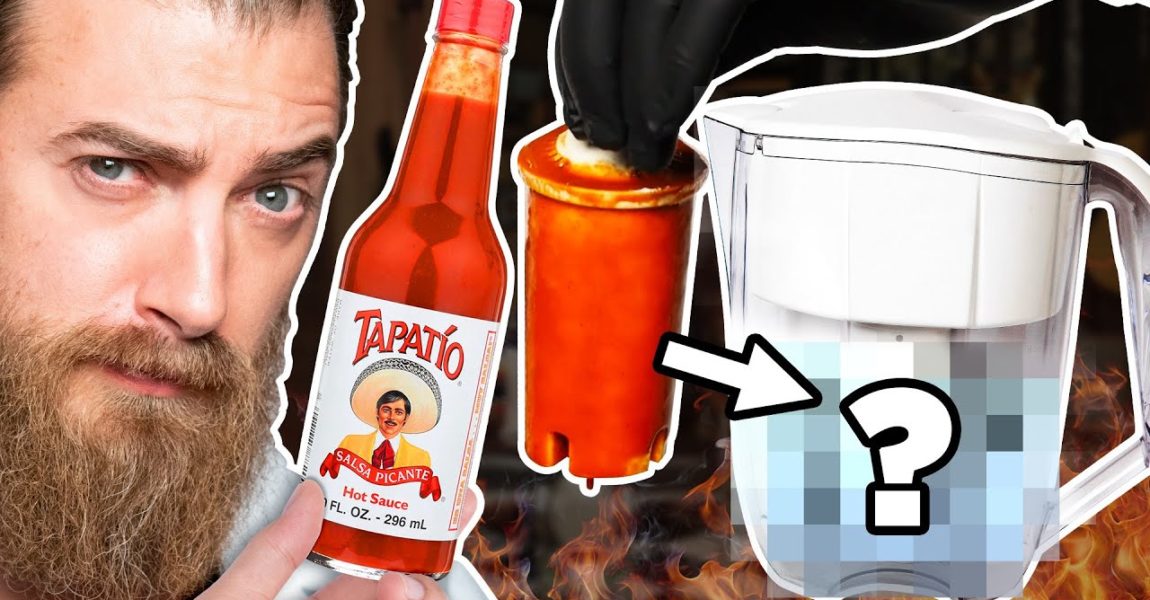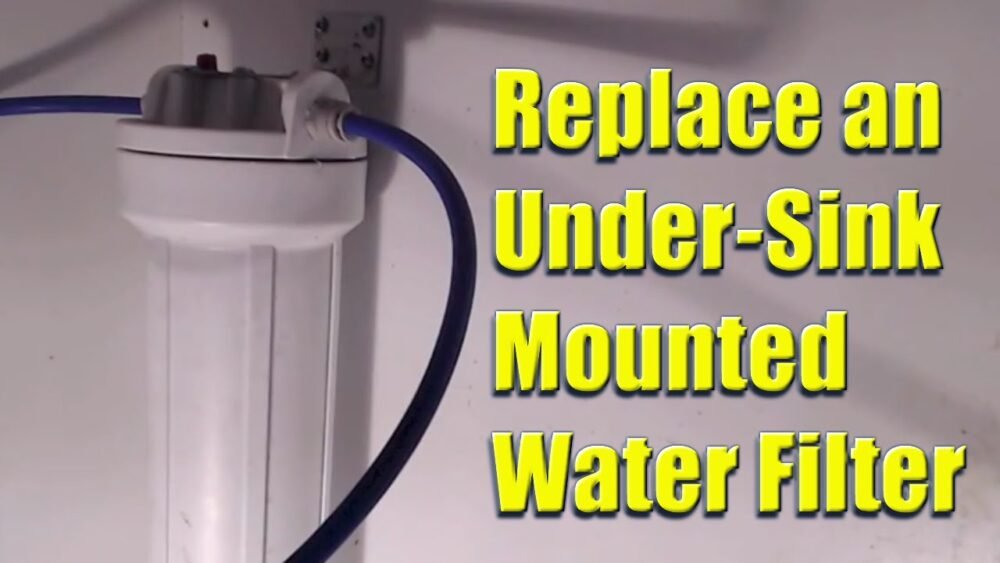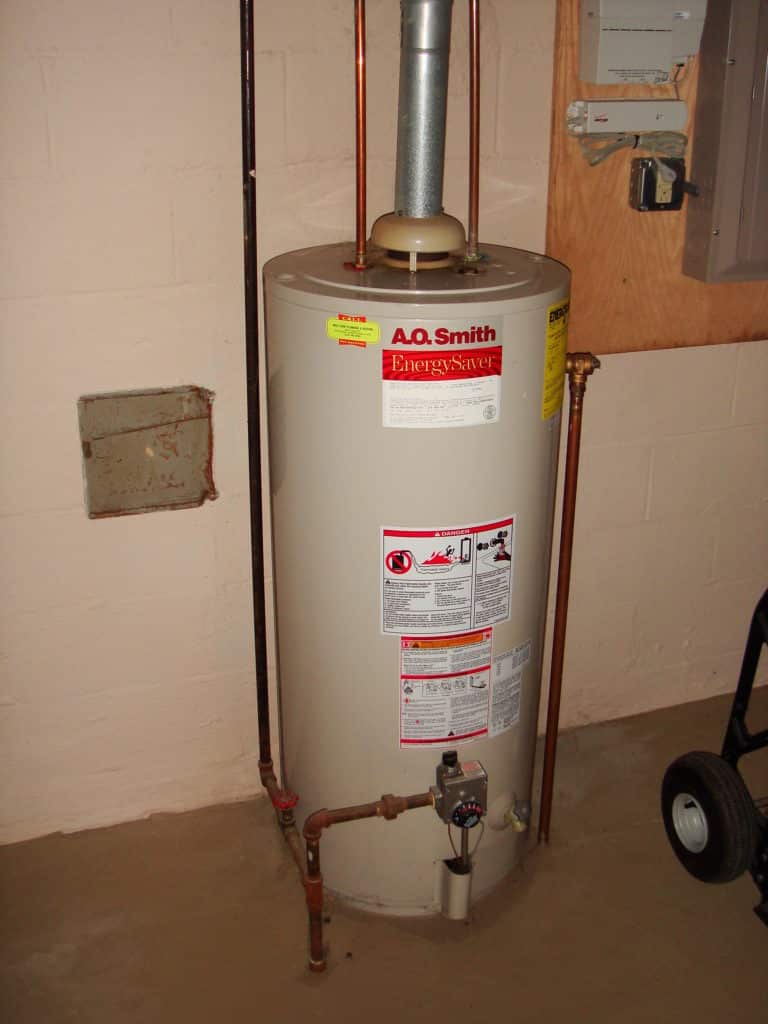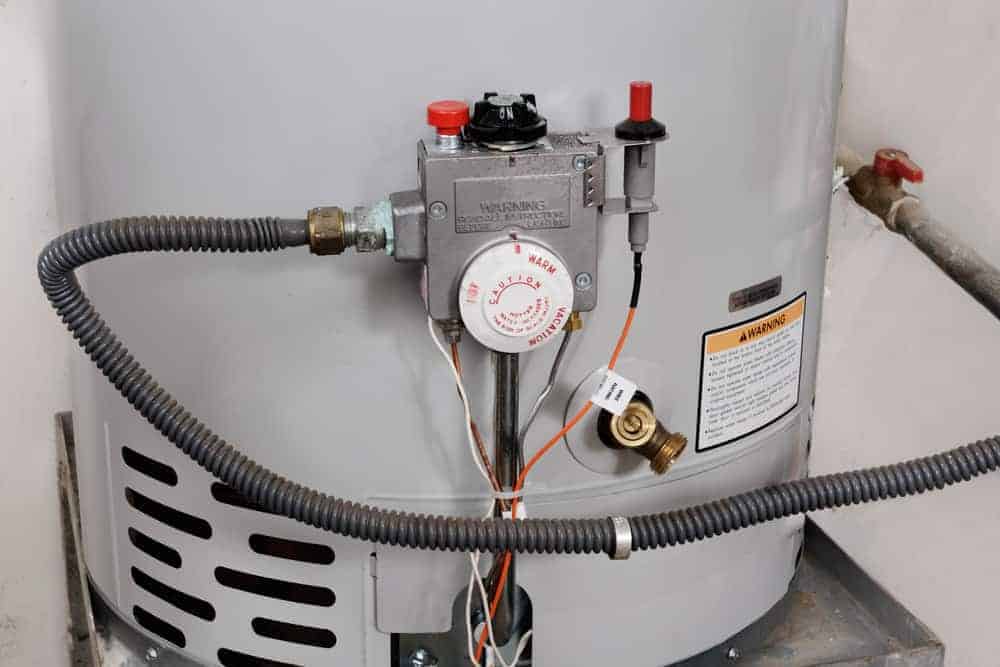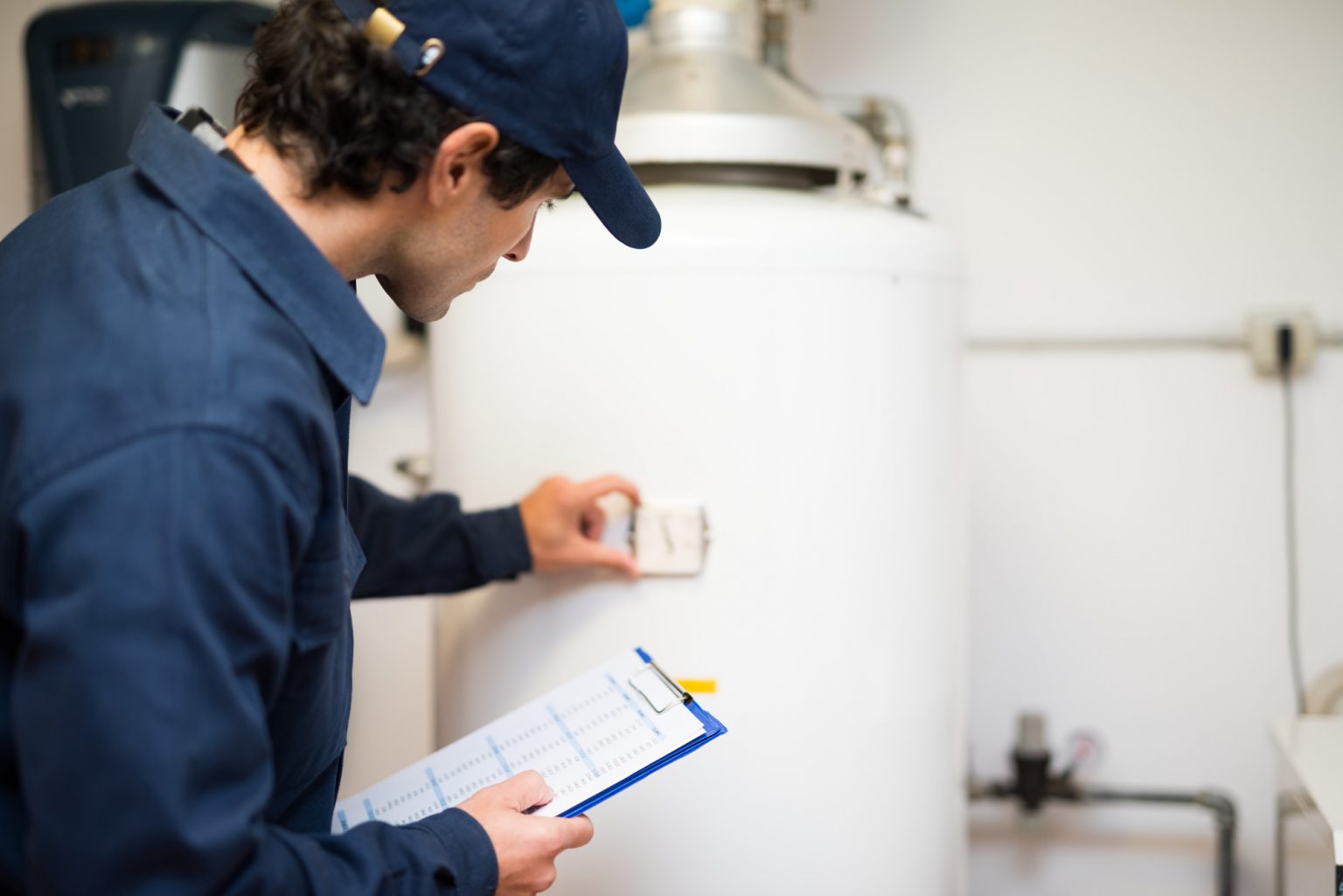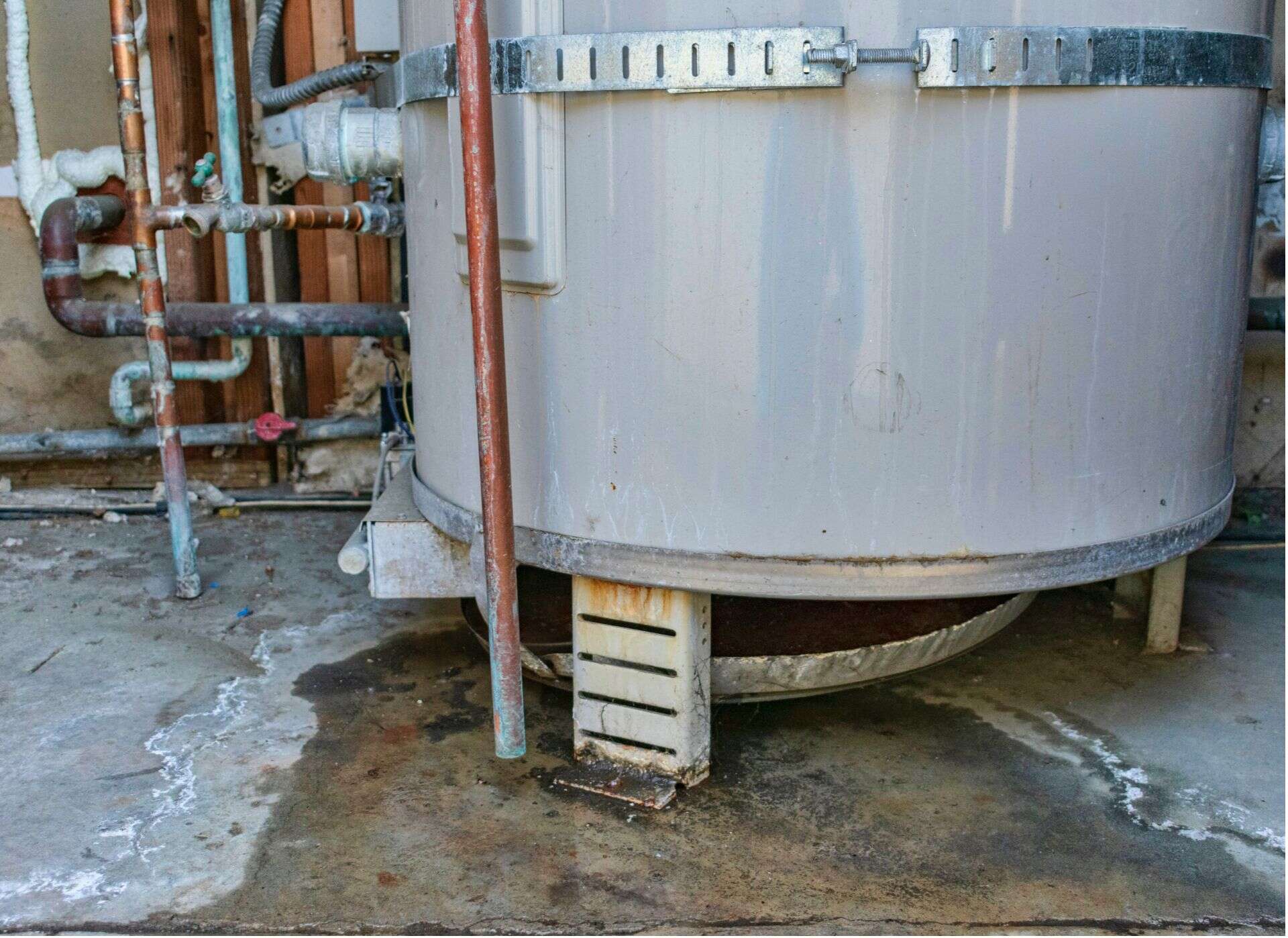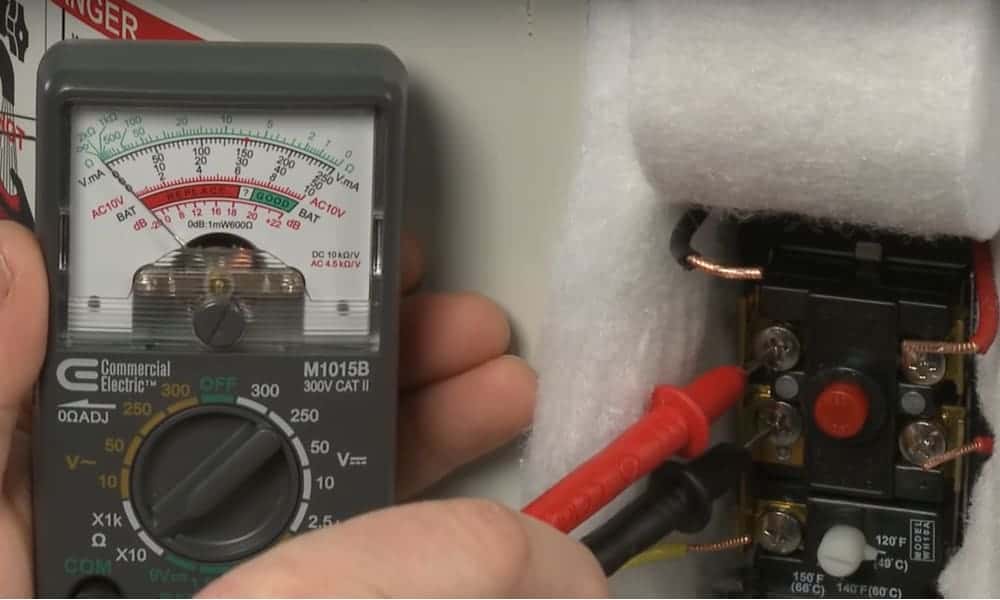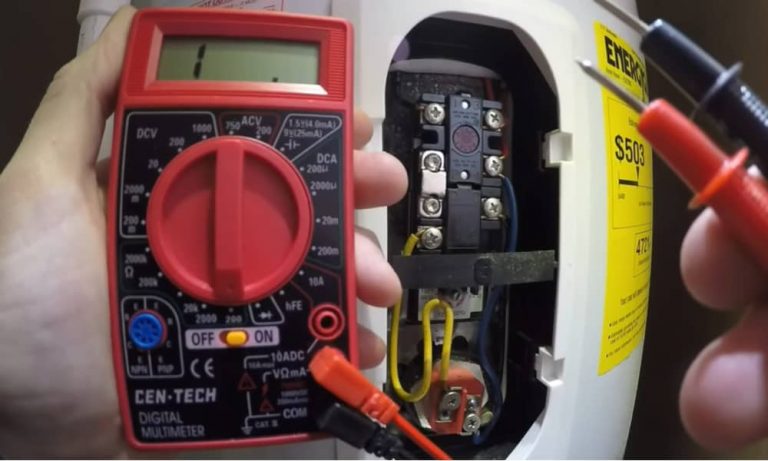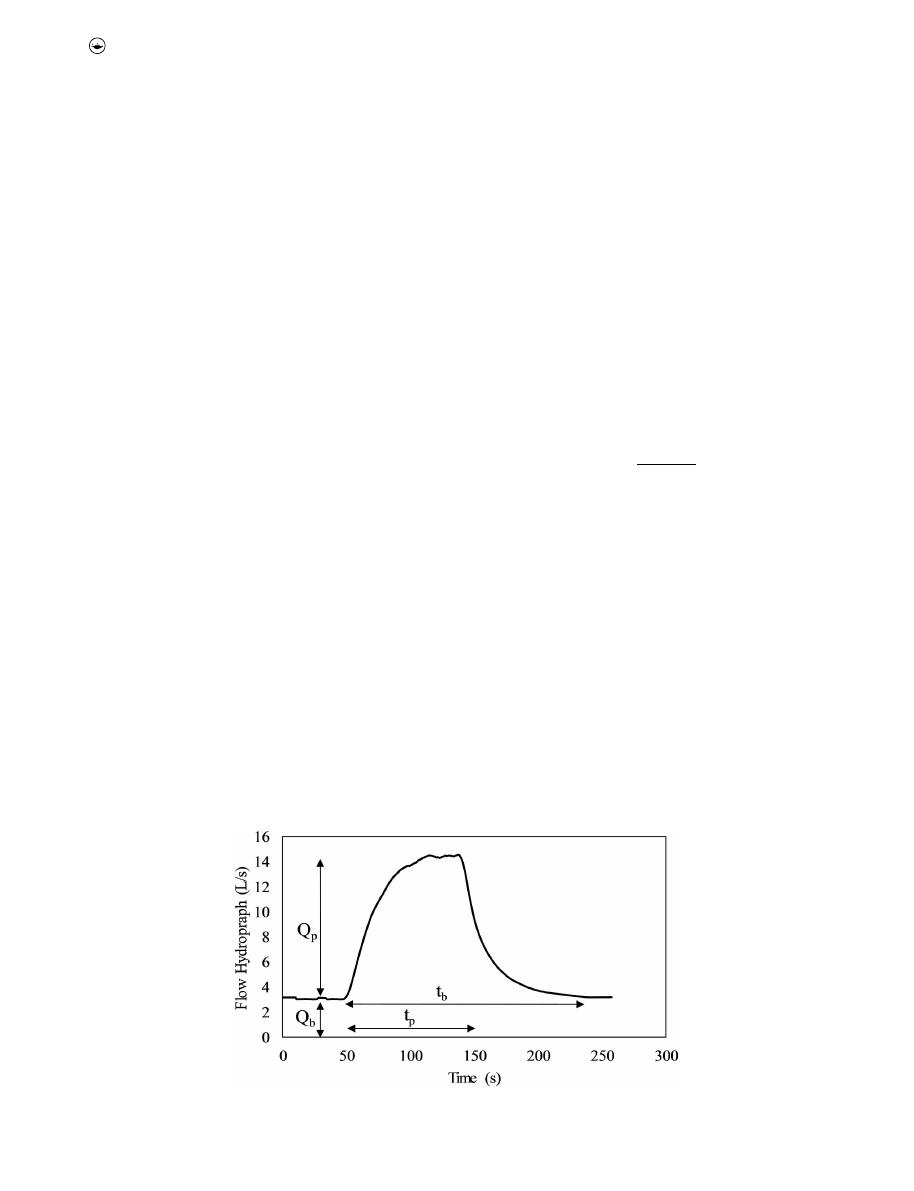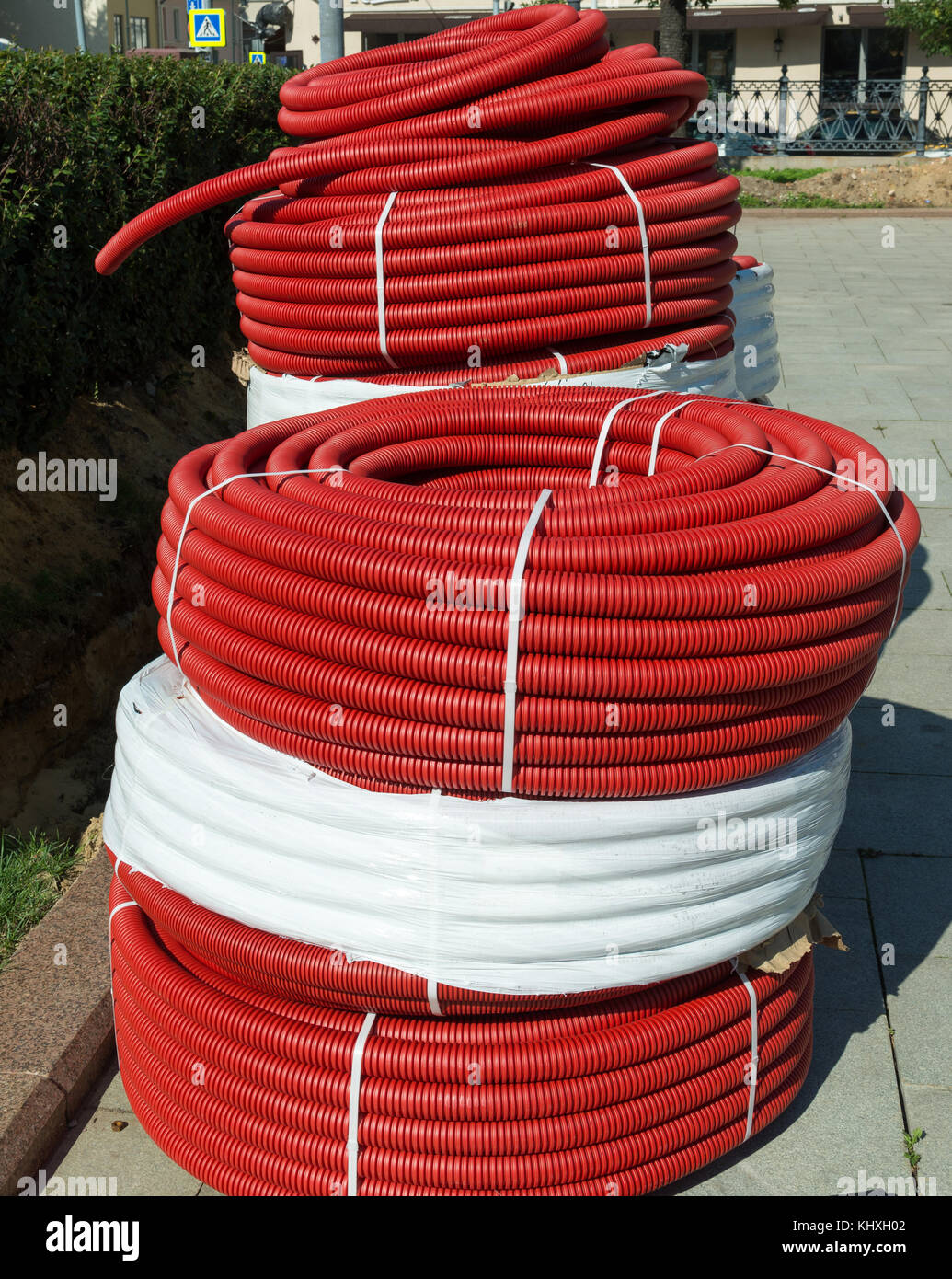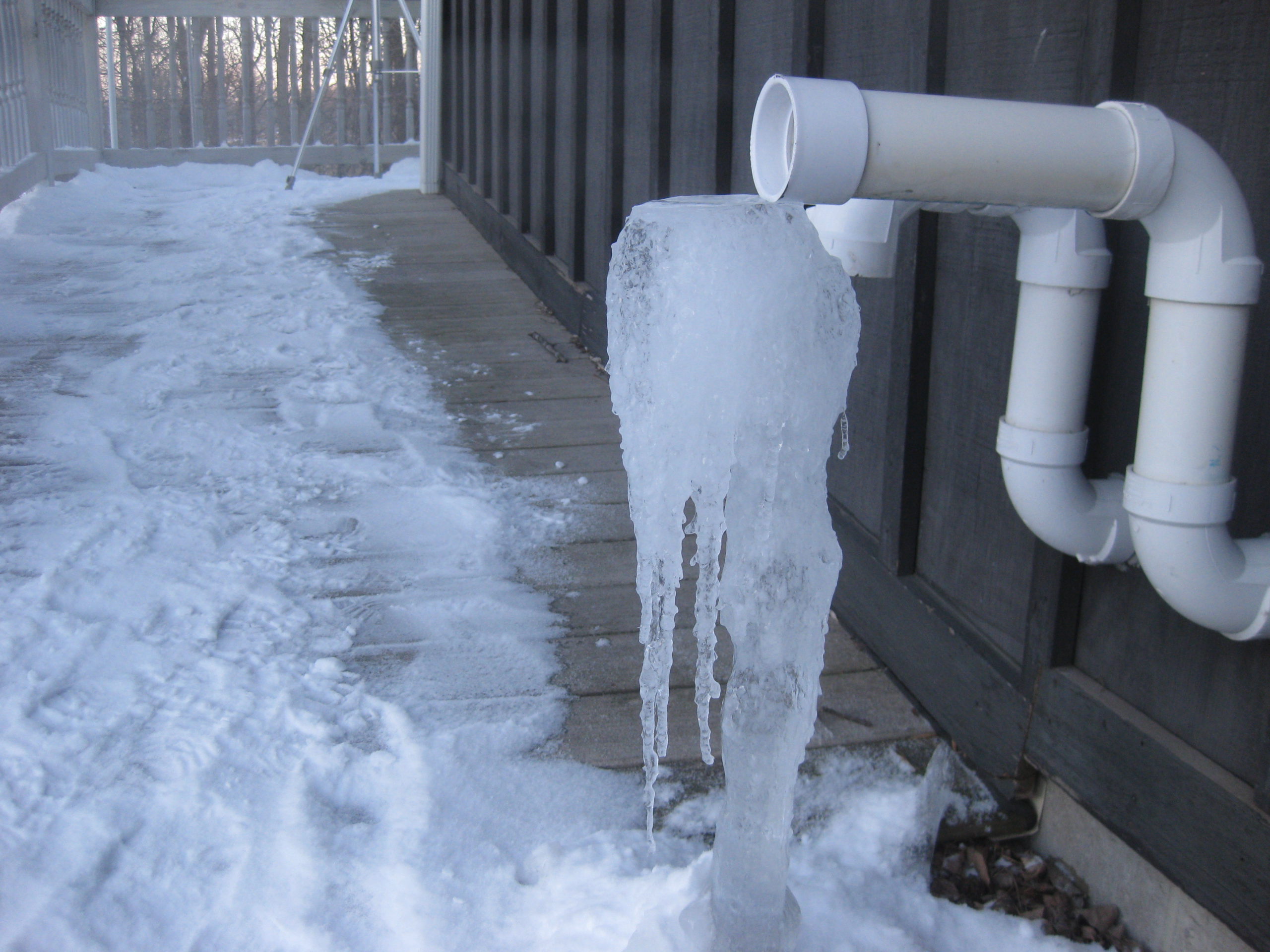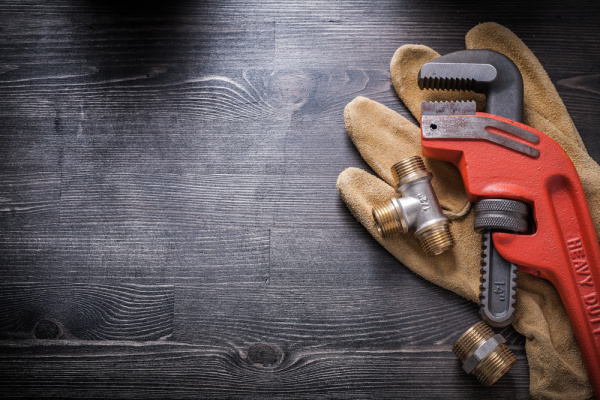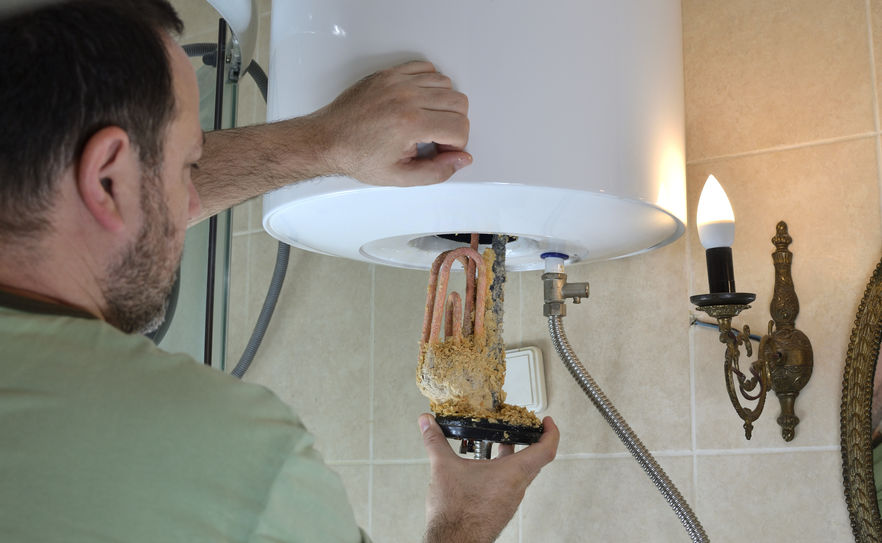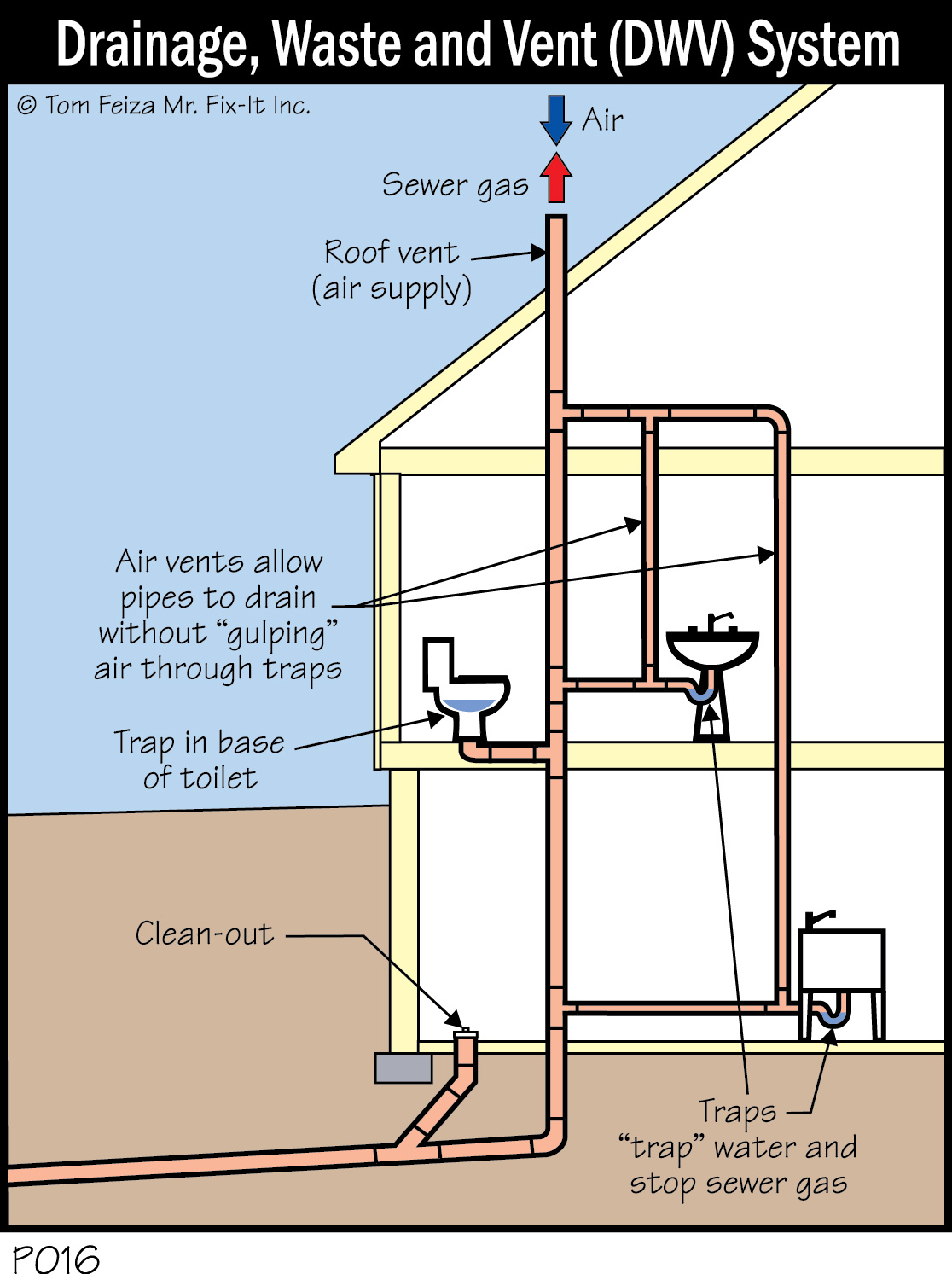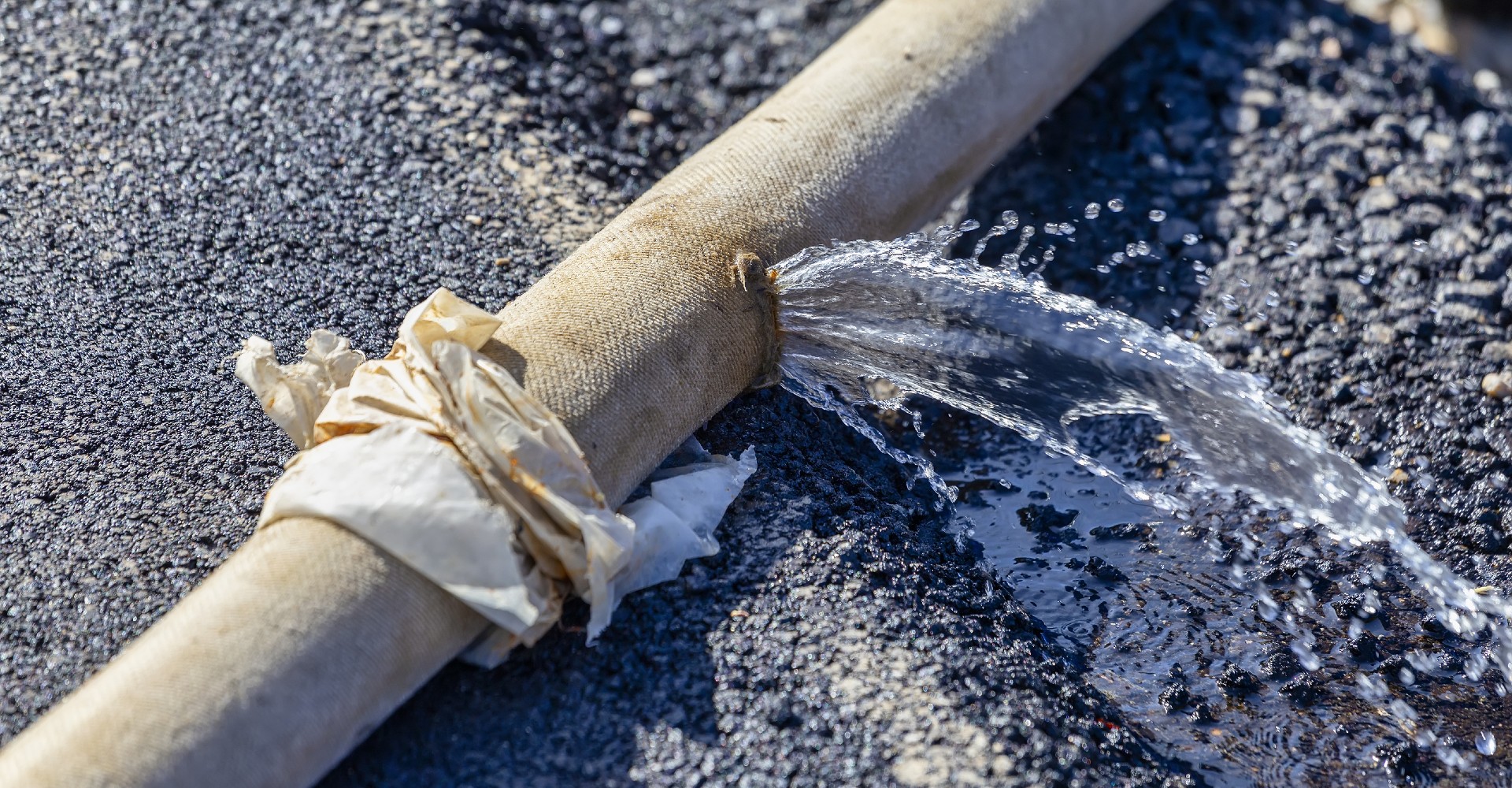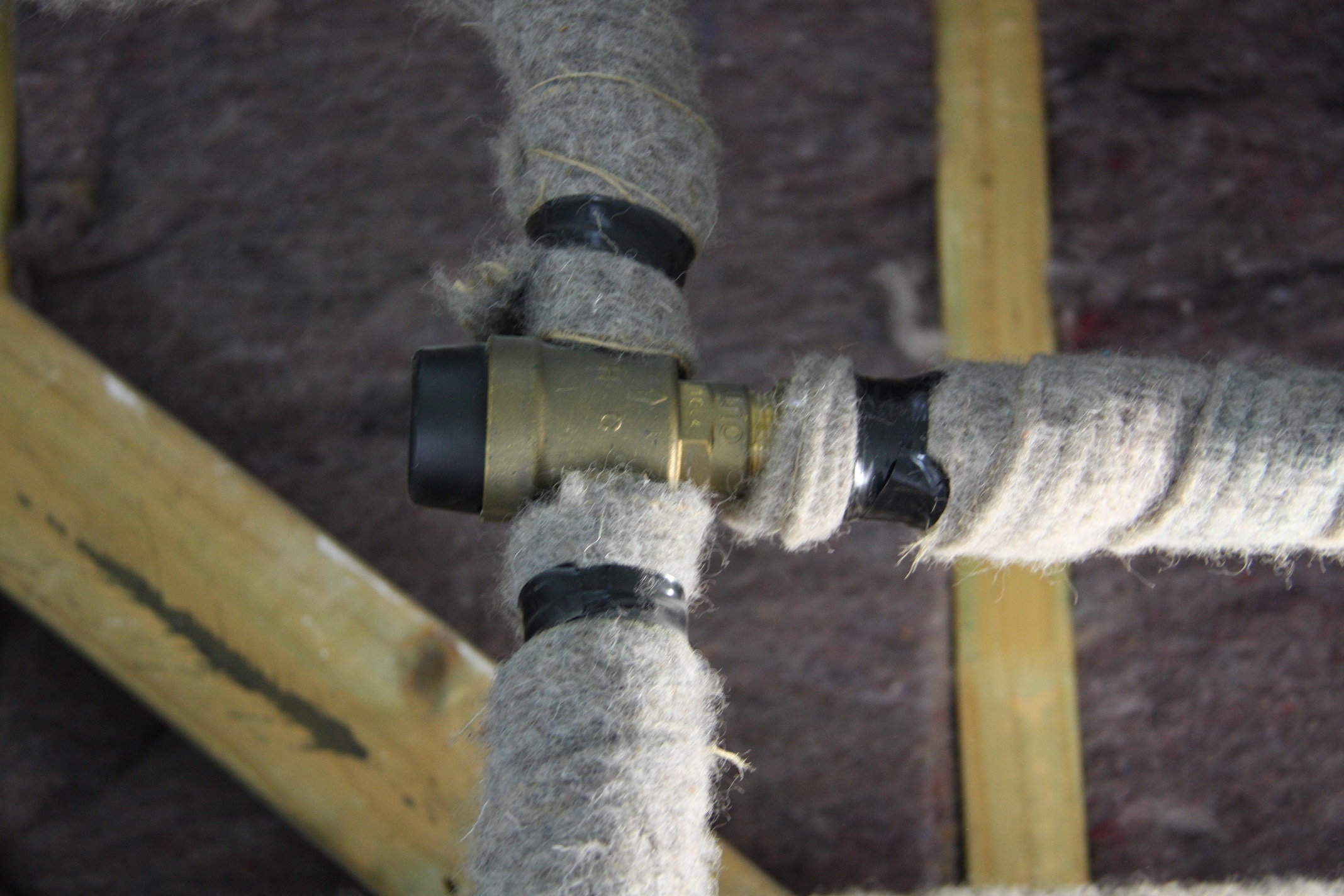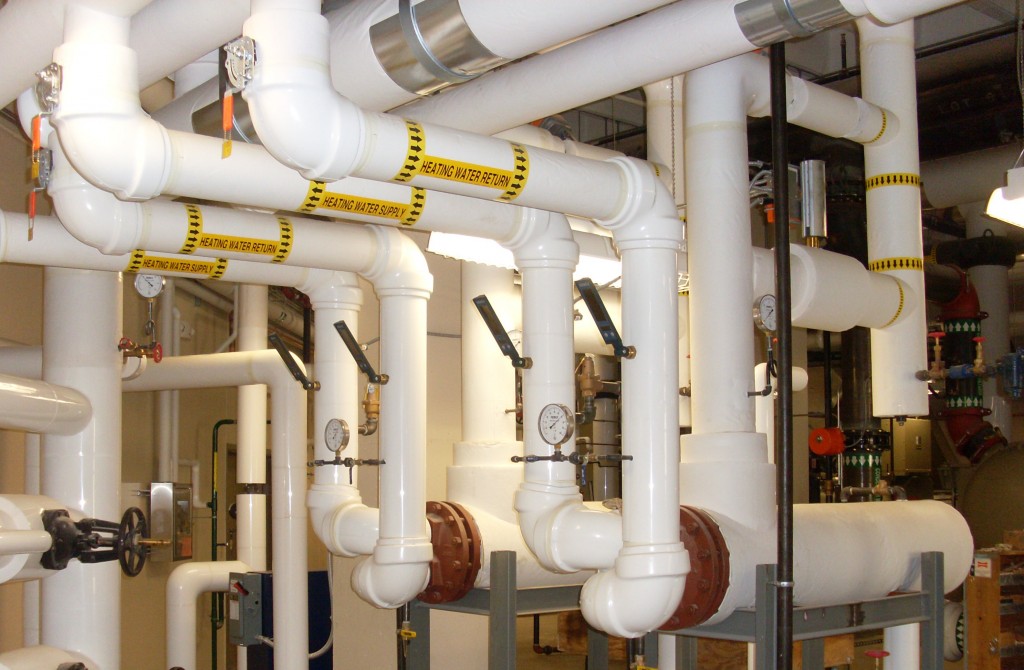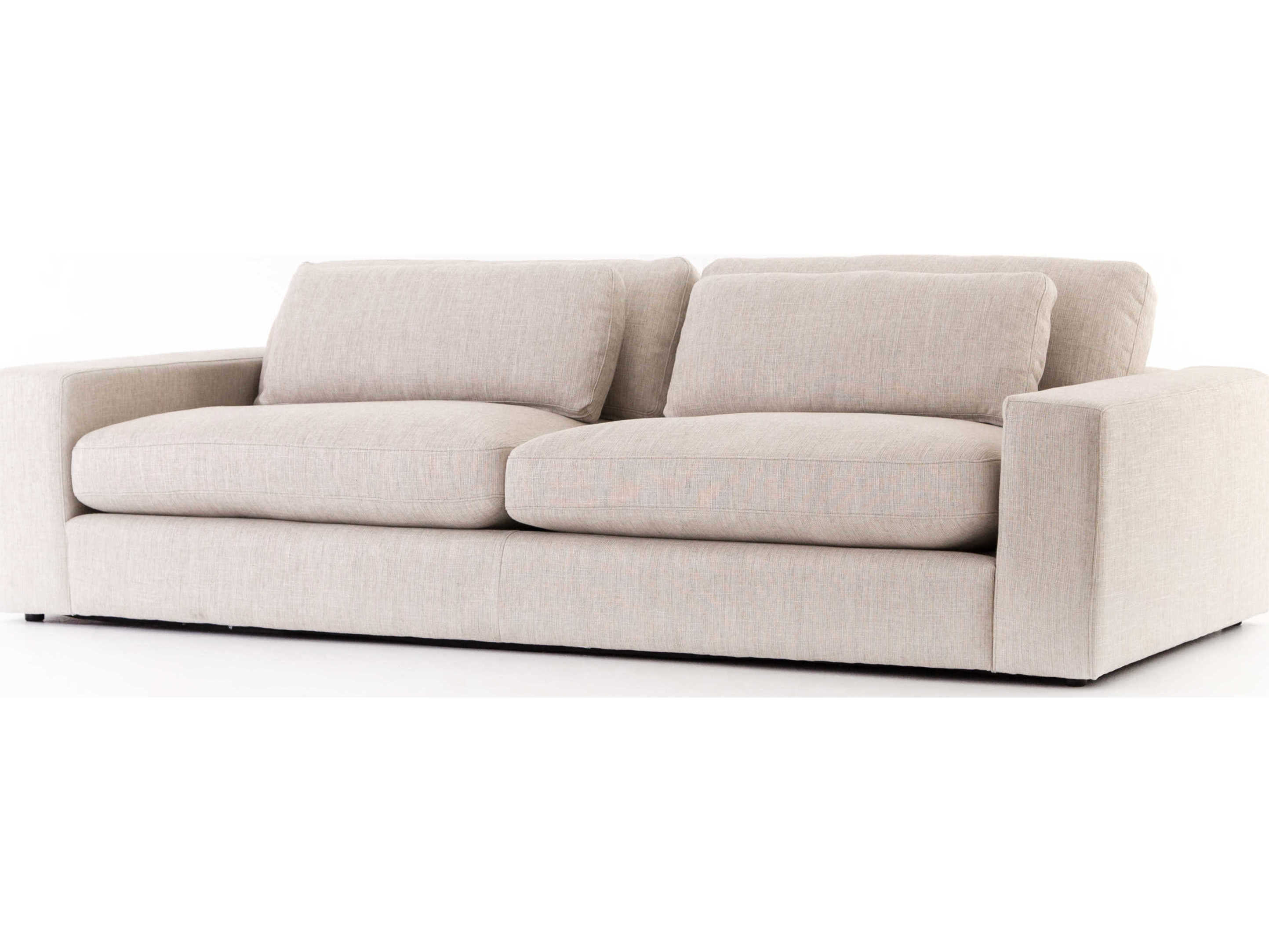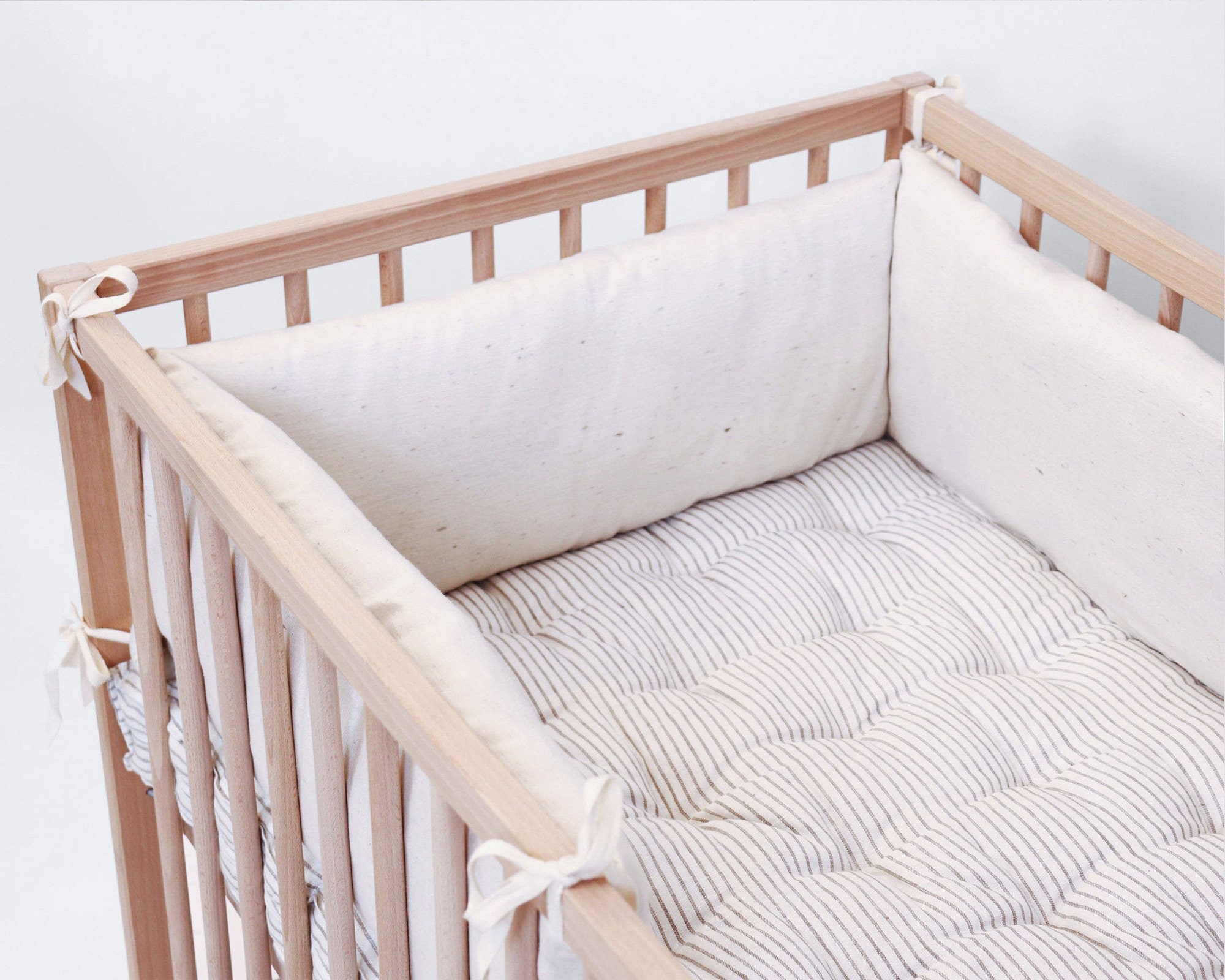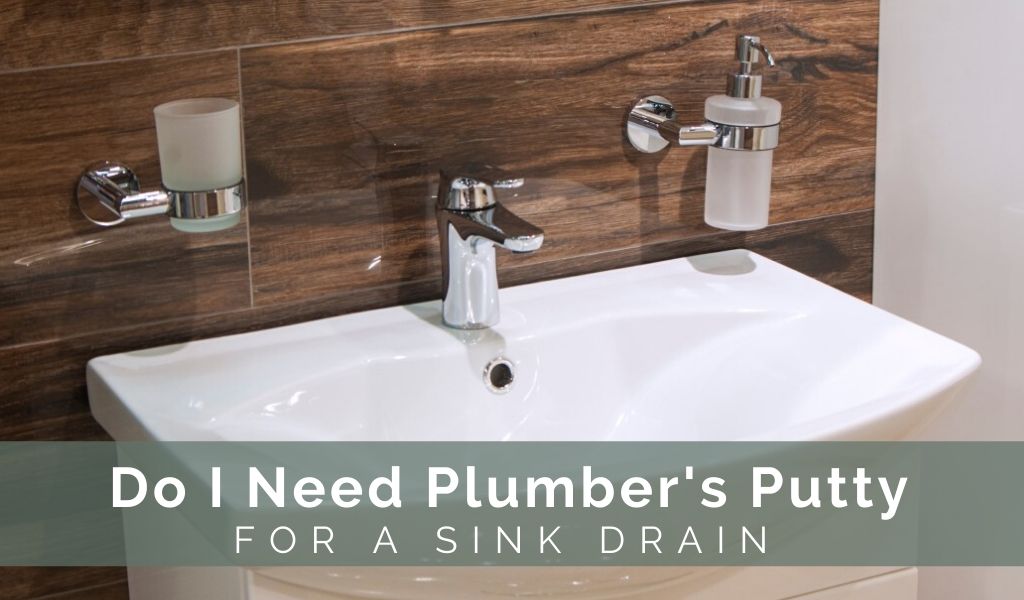If you're experiencing low water pressure on your kitchen sink, the first thing you should check is the aerator. This small, mesh screen is located at the end of your faucet and can easily become clogged with debris and mineral deposits over time. This can greatly restrict the flow of water and cause low pressure. To clean the aerator, simply unscrew it from the end of the faucet and rinse it out with a mixture of vinegar and water. This should help improve your water pressure.1. Check the aerator
The water supply valve is another potential culprit for low water pressure. This valve is usually located under your sink and controls the flow of water to your faucet. If it is not fully open, it can restrict the flow of water and cause low pressure. Make sure the valve is fully open and check for any obstructions or damage that may be affecting its function.2. Check the water supply valve
If your home has a water pressure regulator, it may be the cause of your low water pressure. This device helps to regulate the water pressure coming into your home and if it is not functioning properly, it can result in low pressure. You may need to adjust or replace the regulator to restore your water pressure.3. Check the water pressure regulator
Over time, pipes can become clogged with debris and mineral deposits, which can greatly reduce water pressure. To check for clogs, turn off the water supply to your kitchen sink and then disconnect the pipes. Use a plumbing snake or a wire hanger to remove any obstructions from the pipes. Once cleared, reconnect the pipes and turn the water supply back on to see if it has improved your water pressure.4. Check for clogs in the pipes
Leaks in your pipes can also contribute to low water pressure. Check all visible pipes for any leaks or damage and repair or replace them as necessary. If you cannot locate any leaks, you may need to call a professional plumber to inspect your pipes and find the source of the problem.5. Check for leaks in the pipes
The faucet cartridge is a small, cylindrical piece located inside your faucet that controls the flow of water. Over time, it can become worn or damaged, resulting in low water pressure. If this is the case, you may need to replace the cartridge to restore your water pressure.6. Check the faucet cartridge
If your kitchen sink has a water filter, it may be causing your low water pressure. Filters can become clogged or worn over time, reducing the flow of water. Check the filter and replace it if necessary. You may also want to consider installing a more efficient filter to improve your water pressure.7. Check the water filter
If you notice low water pressure specifically when using hot water, the hot water heater may be the culprit. Sediment and mineral buildup in the tank can restrict the flow of water, resulting in low pressure. Consider flushing out your hot water heater to remove any buildup and improve water pressure.8. Check the hot water heater
In addition to clogs, pipes can also become clogged with sediment over time. This can greatly reduce water pressure and may require professional plumbing services to resolve. A plumber can use specialized tools to remove any sediment buildup and restore your water pressure.9. Check for sediment buildup in the pipes
If you've recently had plumbing work done or experienced a water main break, air can become trapped in your pipes. This can cause low water pressure and a sputtering or spitting faucet. To fix this issue, turn off the main water supply and open all faucets in your home. This will help to release any trapped air and restore your water pressure. Dealing with low water pressure on your kitchen sink can be frustrating, but it doesn't have to be a permanent problem. By checking these potential causes and making necessary repairs, you can improve your water pressure and ensure a smooth and efficient flow of water for all your kitchen needs.10. Check for air in the pipes
How to Fix Low Water Pressure on Your Kitchen Sink

The Importance of Adequate Water Pressure
 Having a fully functioning kitchen sink with a steady flow of water is essential for everyday tasks such as washing dishes, cooking, and cleaning. However, low water pressure can be a frustrating and inconvenient issue that many homeowners experience. Not only does it make daily tasks more challenging, but it can also be a sign of underlying plumbing problems. In this article, we will discuss the causes of low water pressure on your kitchen sink and provide effective solutions to help you fix this issue.
Having a fully functioning kitchen sink with a steady flow of water is essential for everyday tasks such as washing dishes, cooking, and cleaning. However, low water pressure can be a frustrating and inconvenient issue that many homeowners experience. Not only does it make daily tasks more challenging, but it can also be a sign of underlying plumbing problems. In this article, we will discuss the causes of low water pressure on your kitchen sink and provide effective solutions to help you fix this issue.
Common Causes of Low Water Pressure
 There are several reasons why you may be experiencing low water pressure on your kitchen sink. The most common cause is a buildup of mineral deposits and debris in your pipes, which can restrict the flow of water. Another common cause is a faulty faucet or aerator, which can become clogged or damaged over time. Additionally, if you live in an older home, your pipes may be corroded or damaged, leading to low water pressure.
There are several reasons why you may be experiencing low water pressure on your kitchen sink. The most common cause is a buildup of mineral deposits and debris in your pipes, which can restrict the flow of water. Another common cause is a faulty faucet or aerator, which can become clogged or damaged over time. Additionally, if you live in an older home, your pipes may be corroded or damaged, leading to low water pressure.
Effective Solutions to Fix Low Water Pressure
 First, it is essential to determine the cause of your low water pressure before attempting to fix it. If the issue is due to mineral buildup, you can try cleaning your faucet and aerator with a mixture of vinegar and water. This will help to dissolve any deposits and improve the water flow. If the problem persists, you may need to replace your faucet or aerator altogether.
If the issue is due to old or damaged pipes, it is best to consult a professional plumber. They will be able to assess the situation and recommend the best course of action, whether it be repairing or replacing the pipes. It is crucial to address any underlying plumbing problems to prevent further damage and ensure your kitchen sink has adequate water pressure.
First, it is essential to determine the cause of your low water pressure before attempting to fix it. If the issue is due to mineral buildup, you can try cleaning your faucet and aerator with a mixture of vinegar and water. This will help to dissolve any deposits and improve the water flow. If the problem persists, you may need to replace your faucet or aerator altogether.
If the issue is due to old or damaged pipes, it is best to consult a professional plumber. They will be able to assess the situation and recommend the best course of action, whether it be repairing or replacing the pipes. It is crucial to address any underlying plumbing problems to prevent further damage and ensure your kitchen sink has adequate water pressure.
Maintaining Proper Water Pressure
 To prevent future issues with low water pressure, it is essential to properly maintain your plumbing system. Regularly cleaning your faucet and aerator can help prevent mineral buildup. If you notice any leaks or strange noises coming from your pipes, it is best to have them inspected by a professional plumber. Additionally, it is crucial to avoid putting anything down your kitchen sink that could cause clogs, such as grease or food scraps.
In conclusion, low water pressure on your kitchen sink can be a frustrating and inconvenient issue, but it is not one that cannot be fixed. By understanding the common causes and implementing effective solutions, you can restore your kitchen sink's water pressure and ensure your plumbing system is functioning properly. Remember to regularly maintain your plumbing system to prevent future issues and seek professional help when needed.
To prevent future issues with low water pressure, it is essential to properly maintain your plumbing system. Regularly cleaning your faucet and aerator can help prevent mineral buildup. If you notice any leaks or strange noises coming from your pipes, it is best to have them inspected by a professional plumber. Additionally, it is crucial to avoid putting anything down your kitchen sink that could cause clogs, such as grease or food scraps.
In conclusion, low water pressure on your kitchen sink can be a frustrating and inconvenient issue, but it is not one that cannot be fixed. By understanding the common causes and implementing effective solutions, you can restore your kitchen sink's water pressure and ensure your plumbing system is functioning properly. Remember to regularly maintain your plumbing system to prevent future issues and seek professional help when needed.











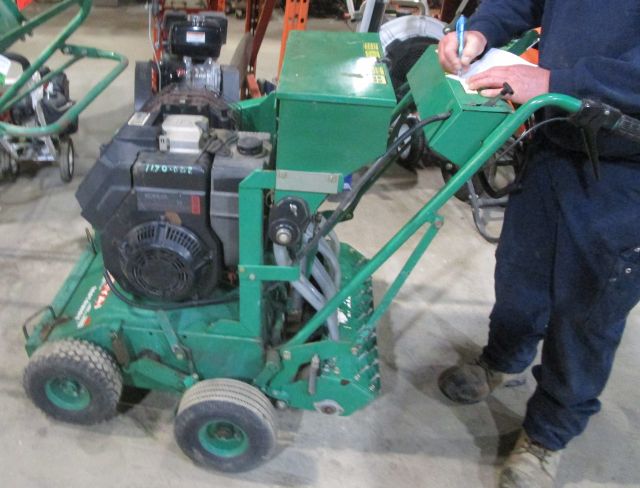
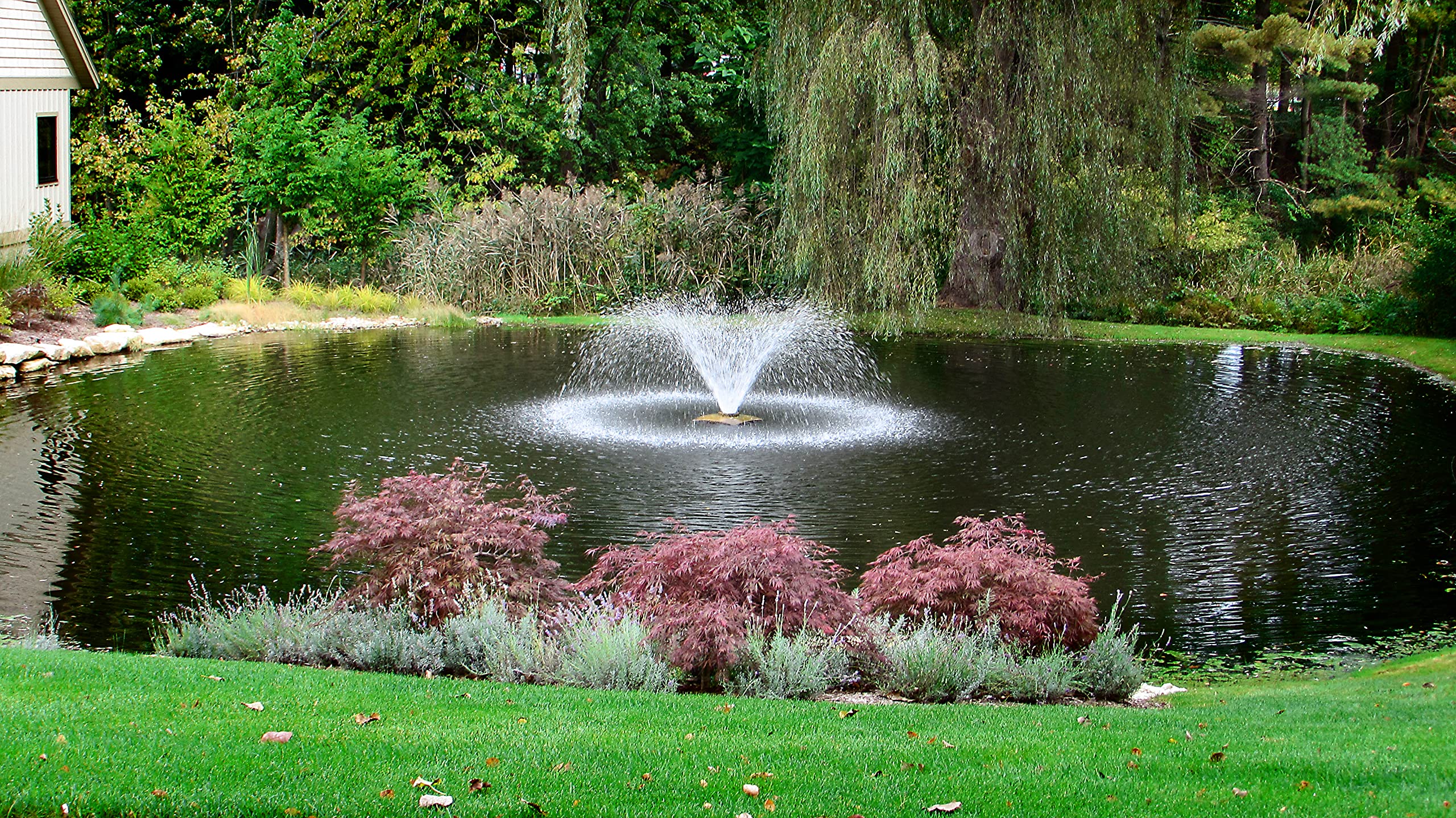
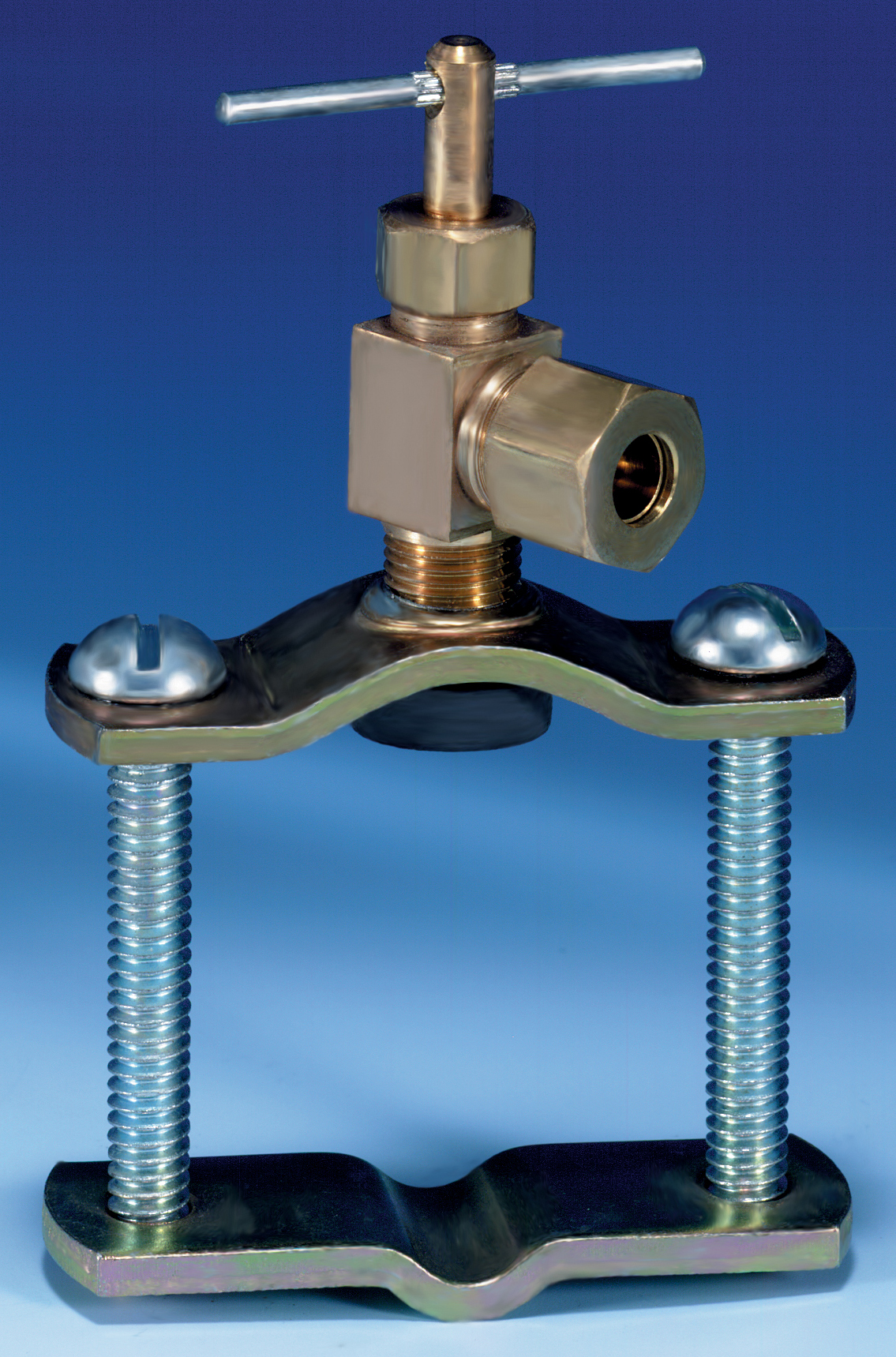





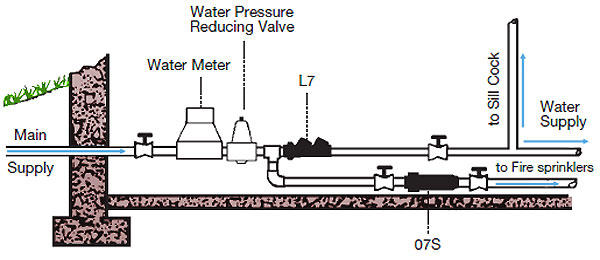
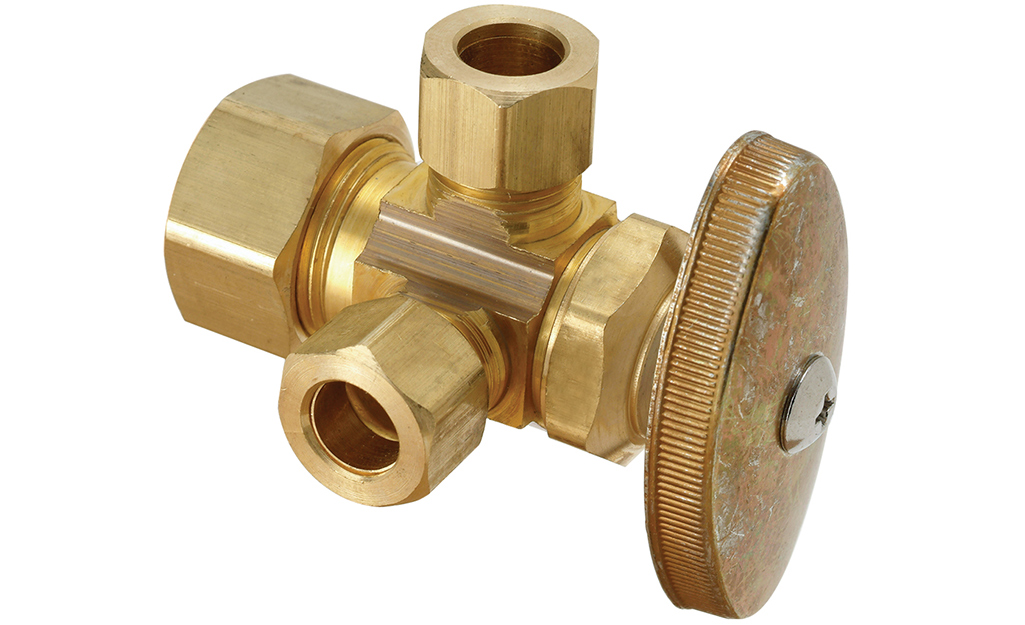

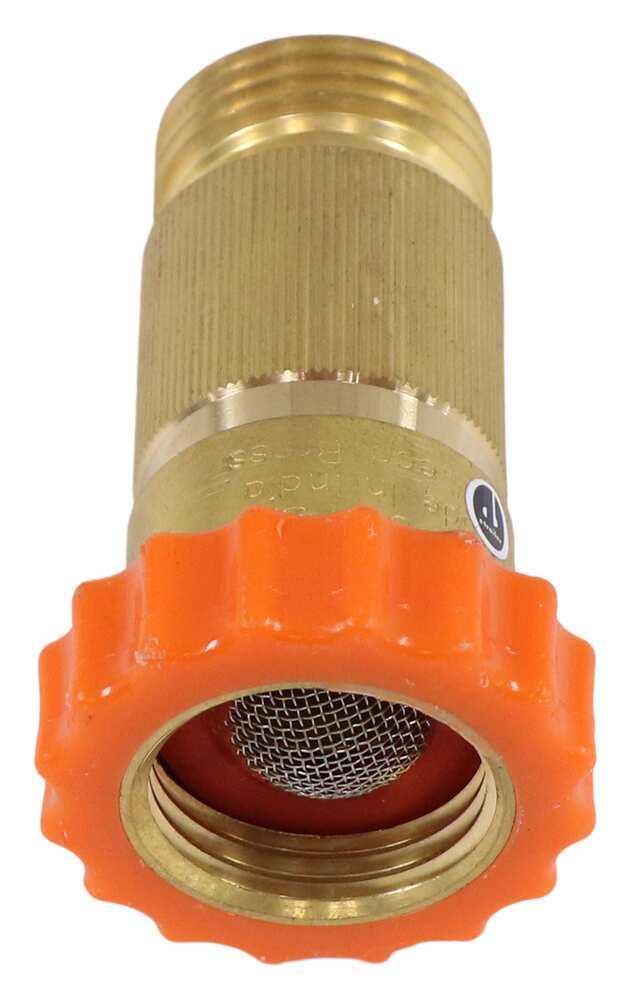

:max_bytes(150000):strip_icc()/the-men-s-hand-opens-the-ball-valve-on-the-collector-1006810456-5c5fc73fc9e77c000159c4af.jpg)






:max_bytes(150000):strip_icc()/testing-water-pressure-in-your-home-2718692-04-c37ab3236d0d4b61b87079ebf9ef823e.jpg)














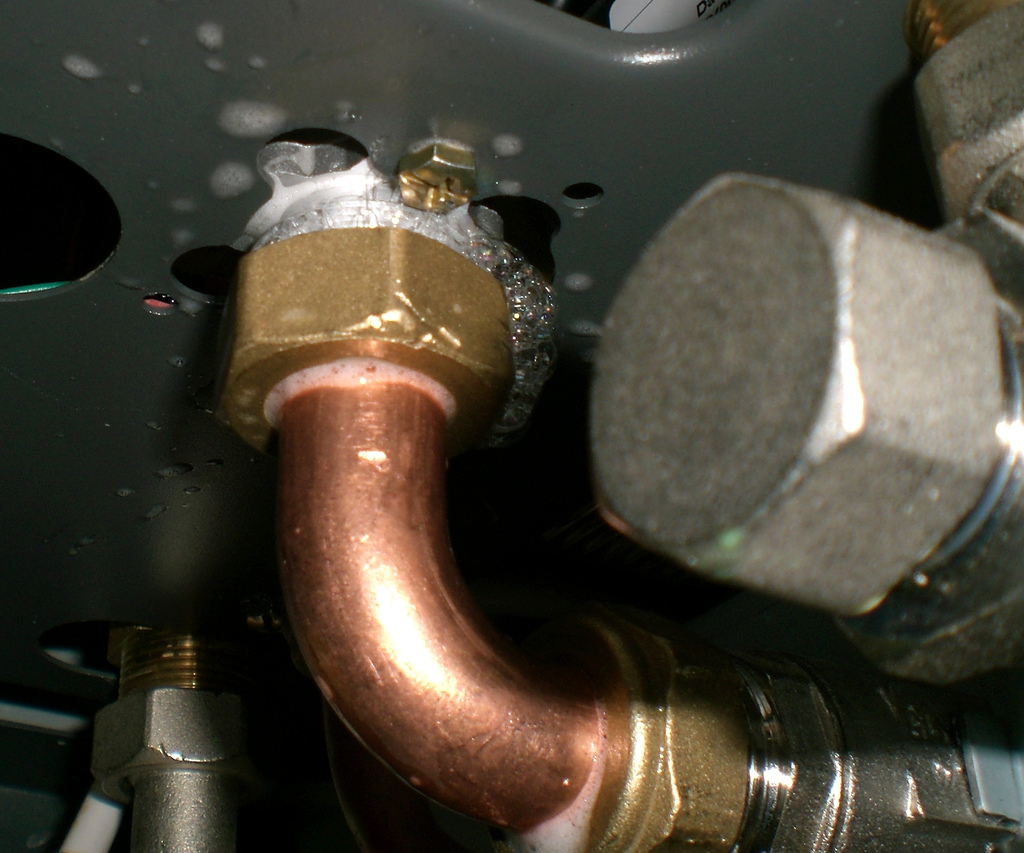
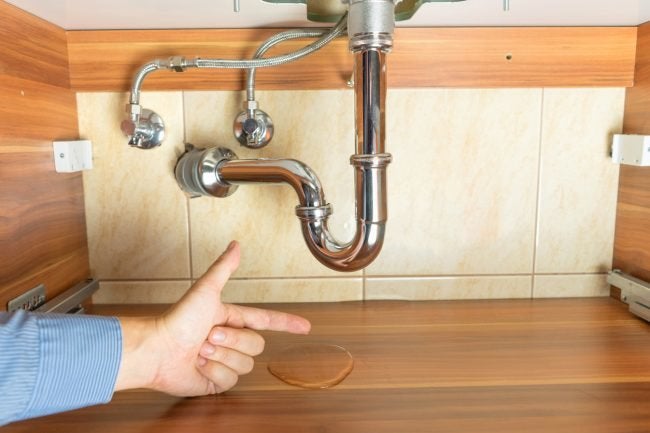
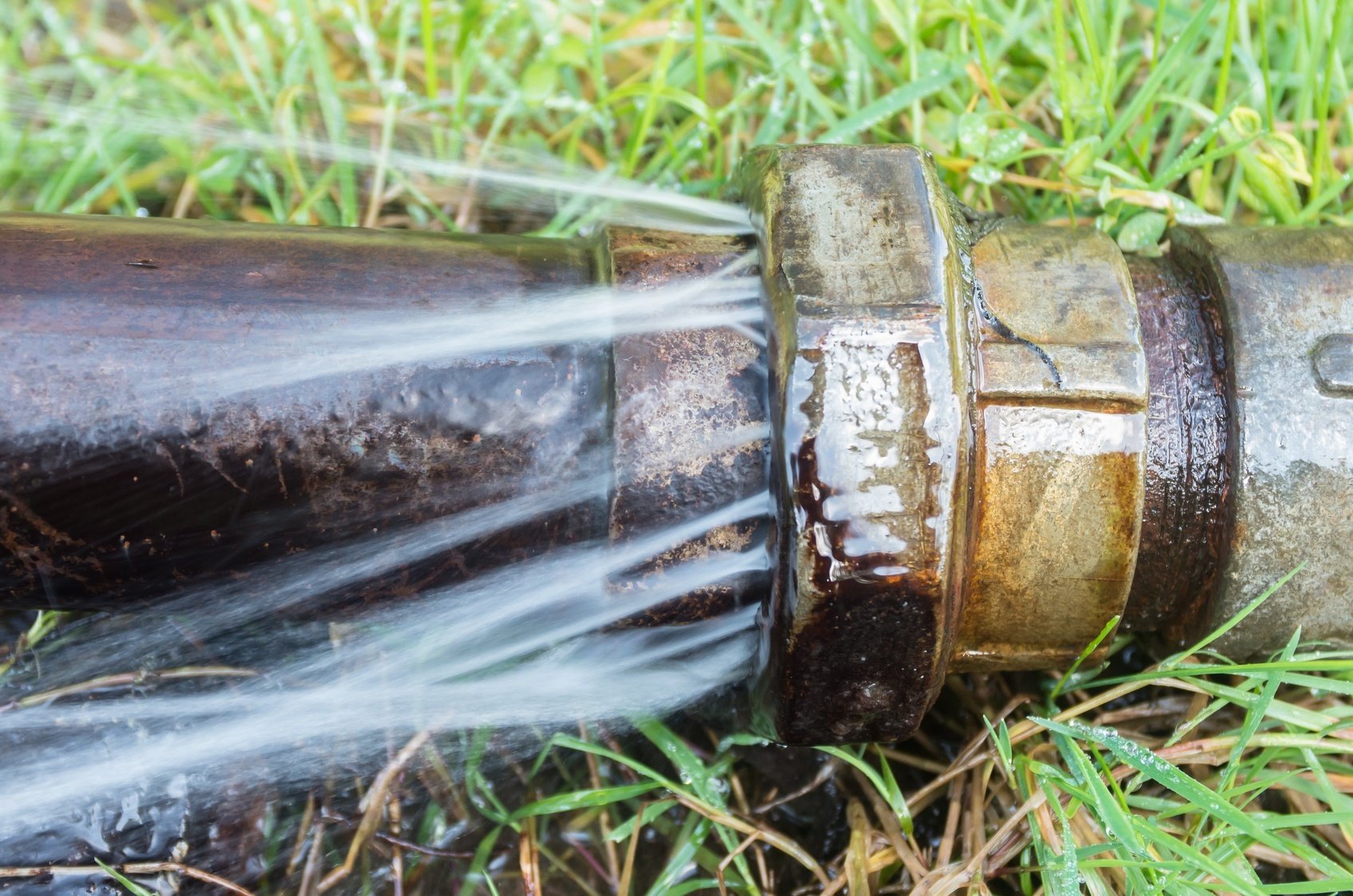
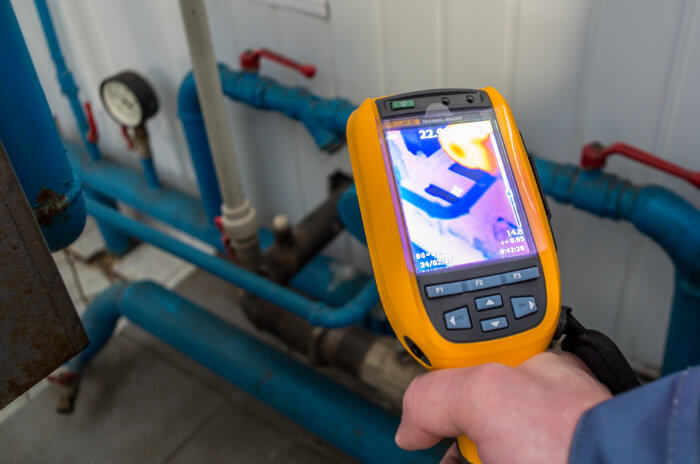

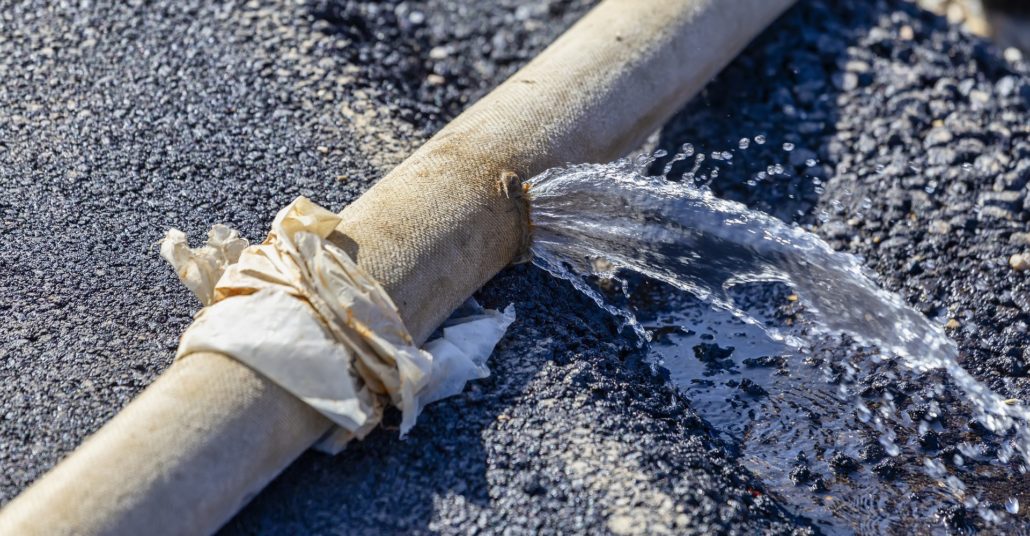



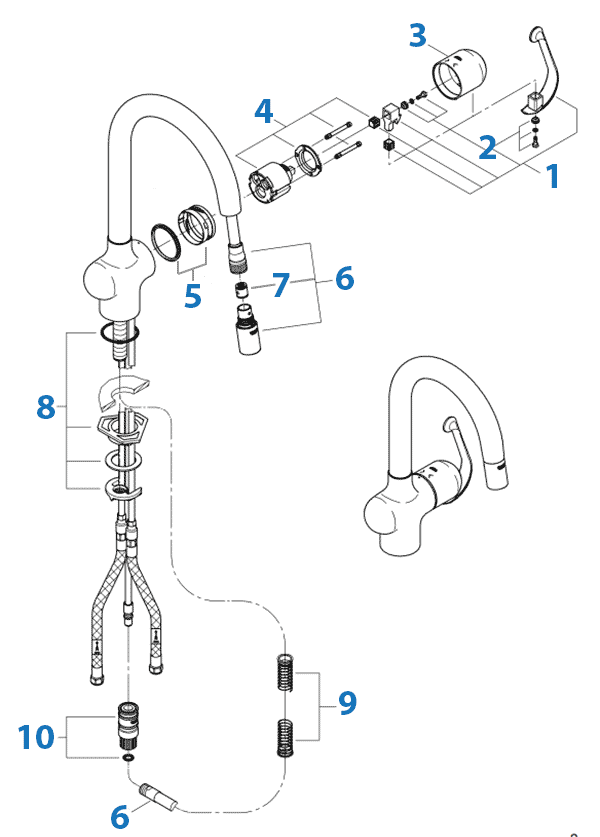




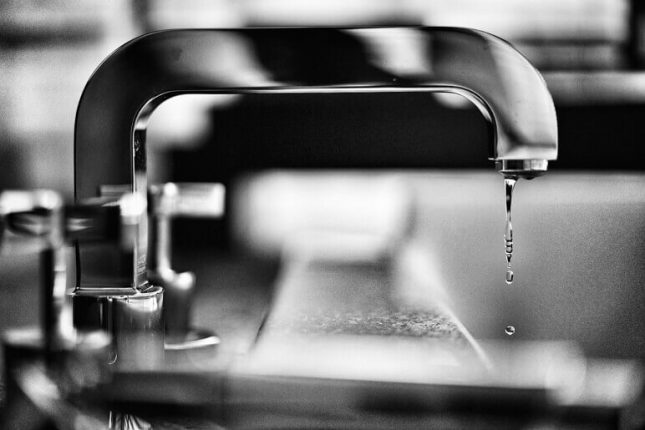












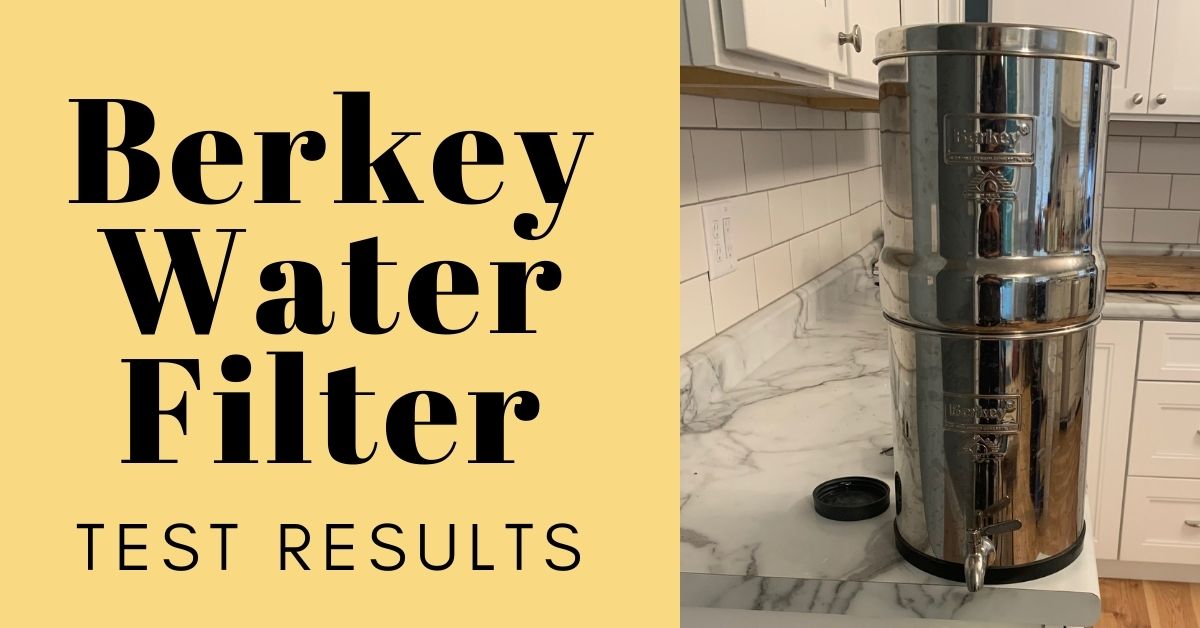
/cdn.vox-cdn.com/uploads/chorus_image/image/63879746/WaterFilter_2.0.jpg)
